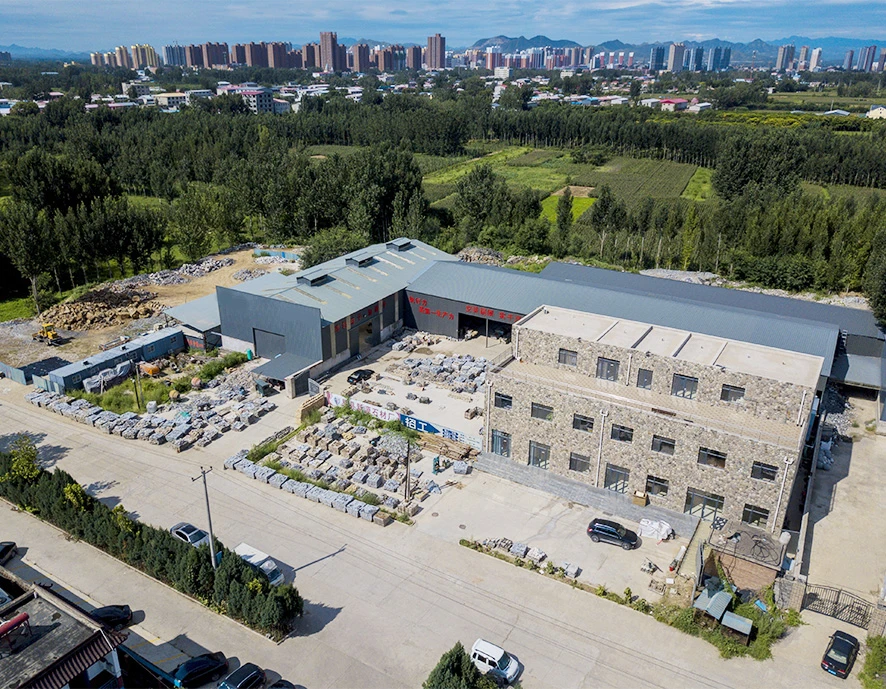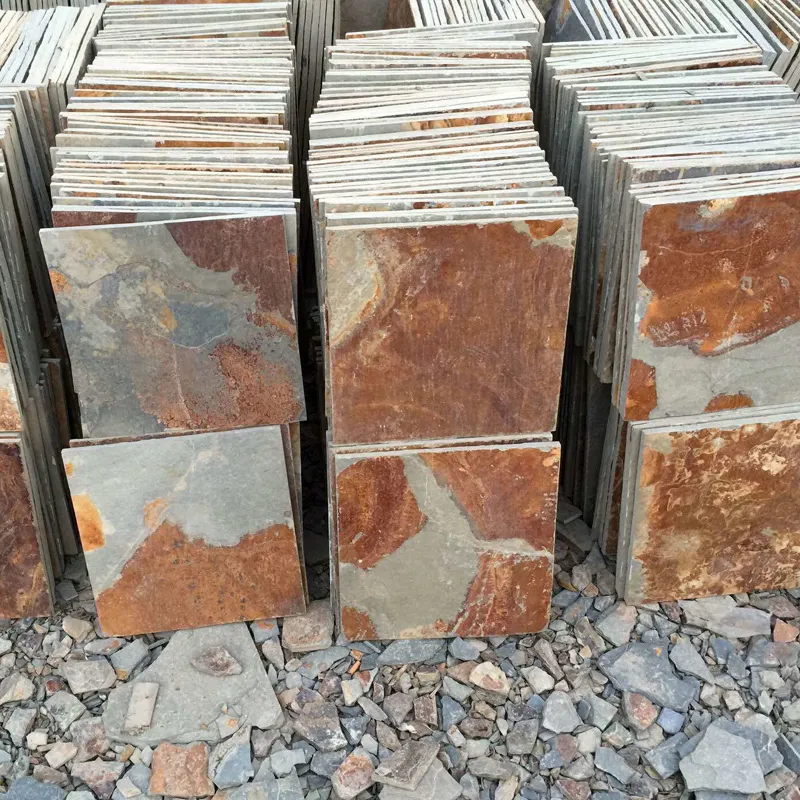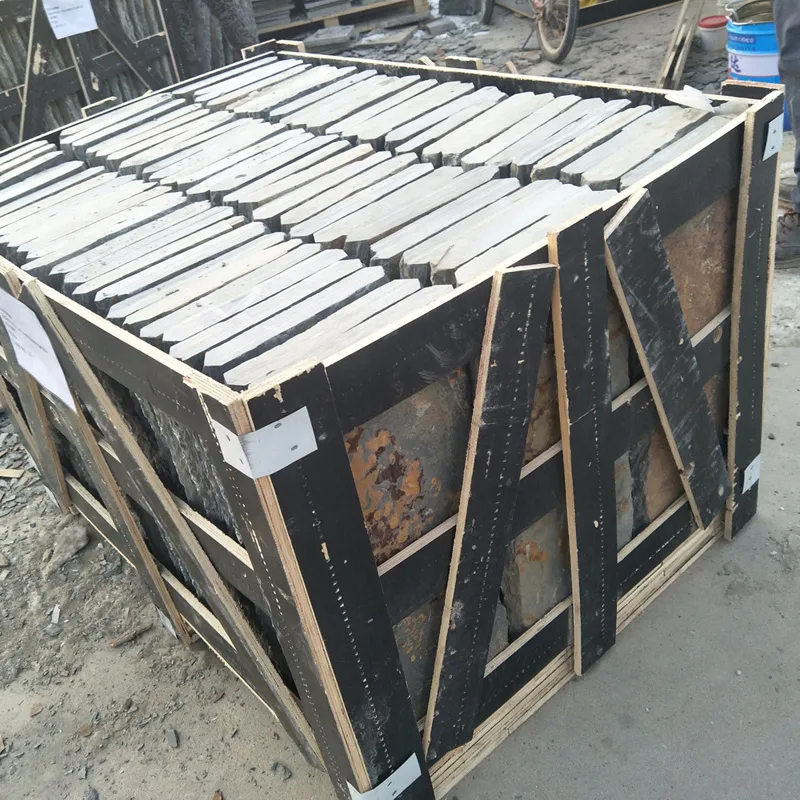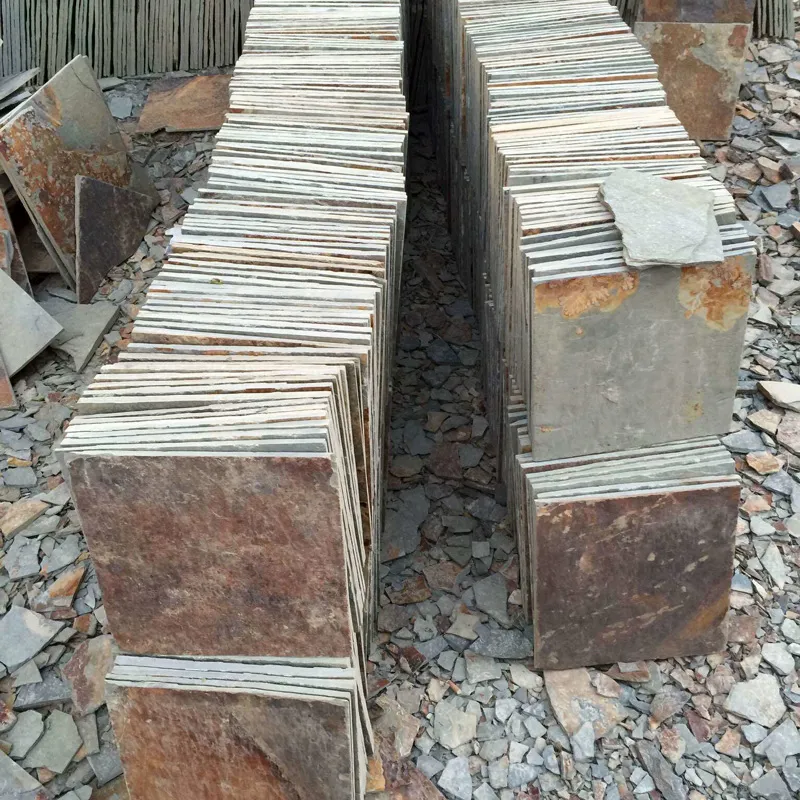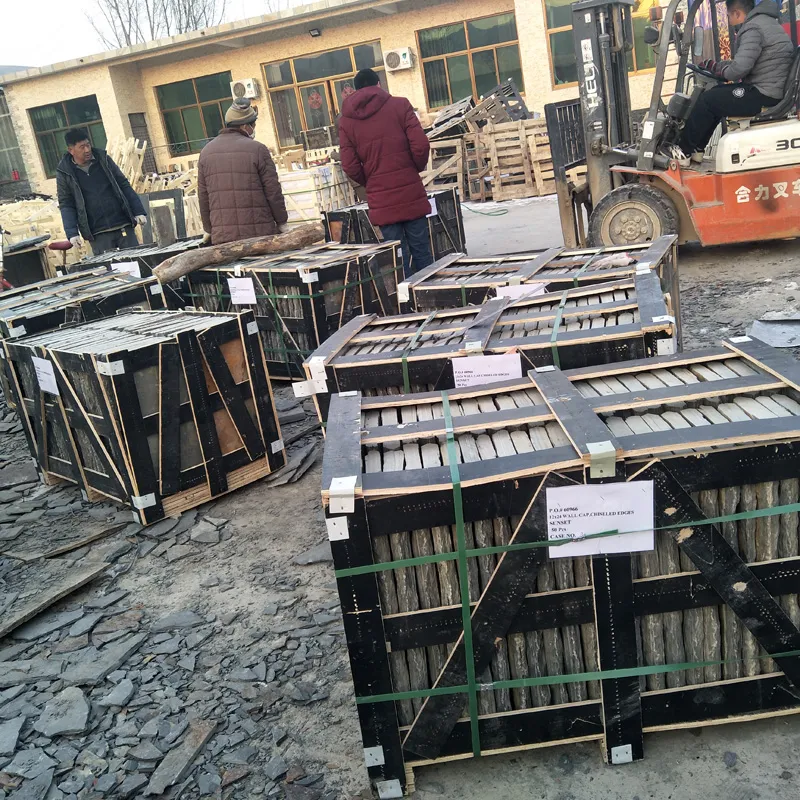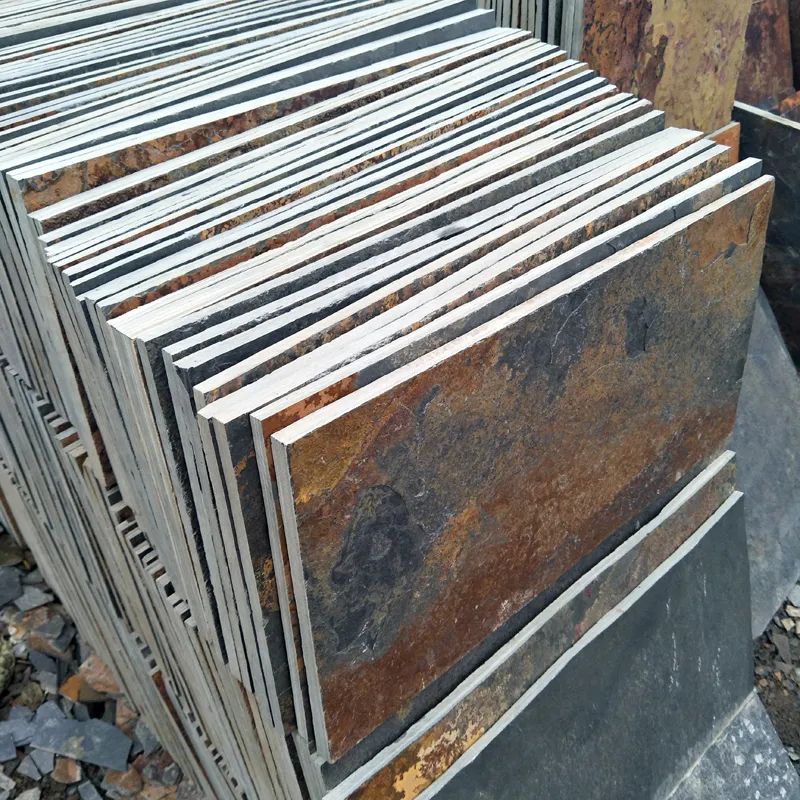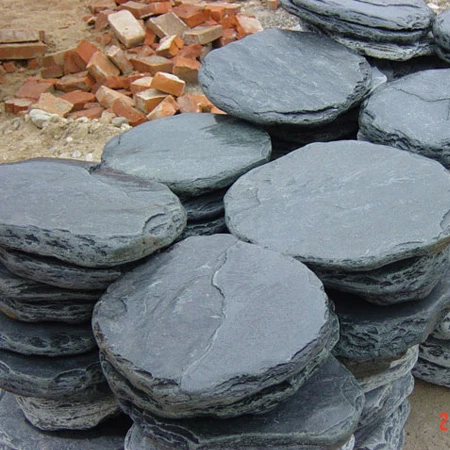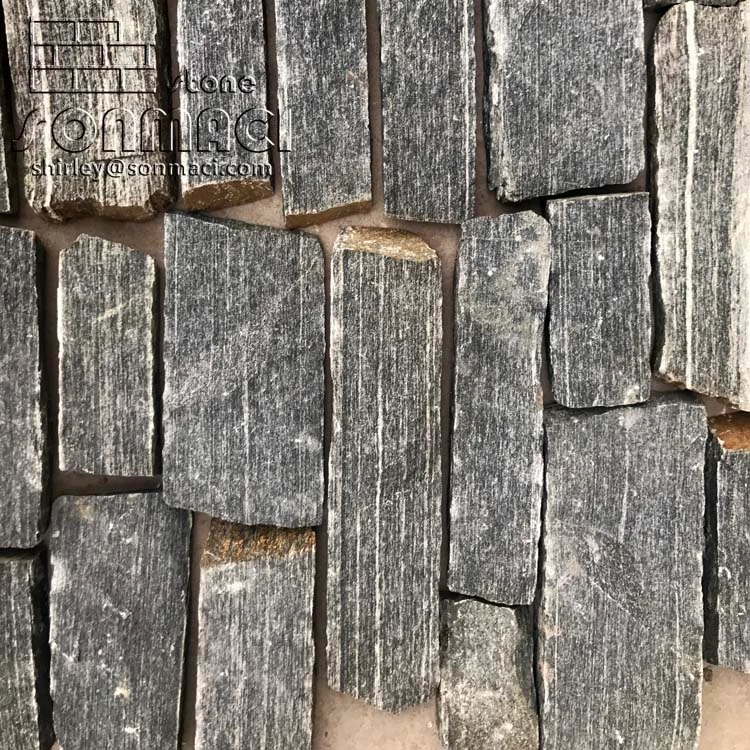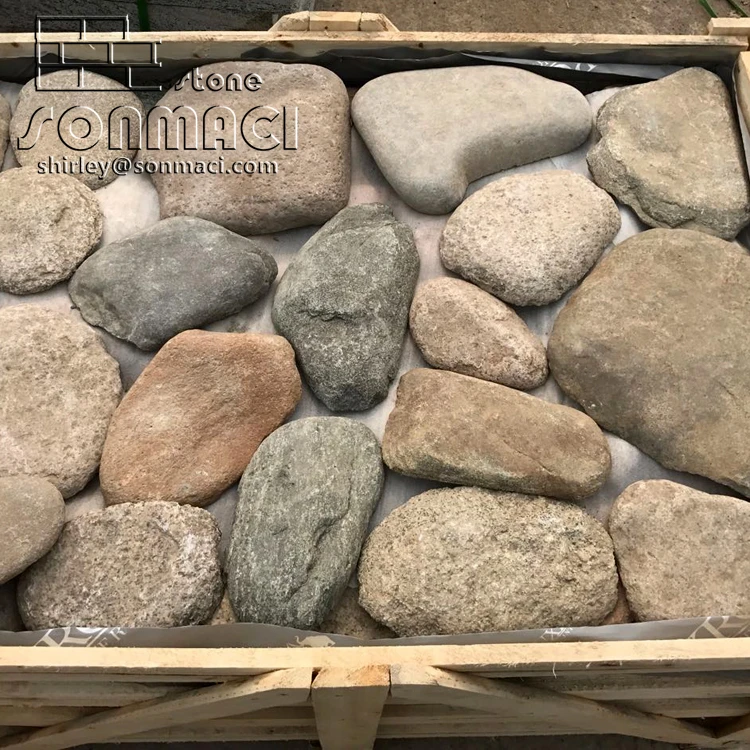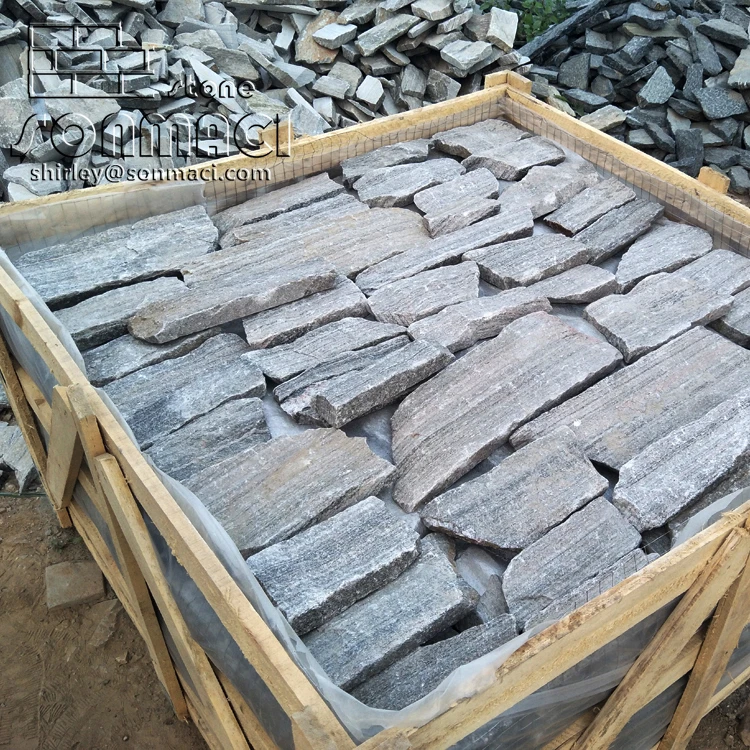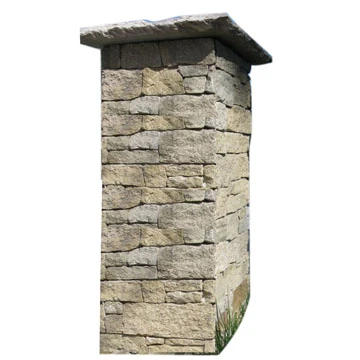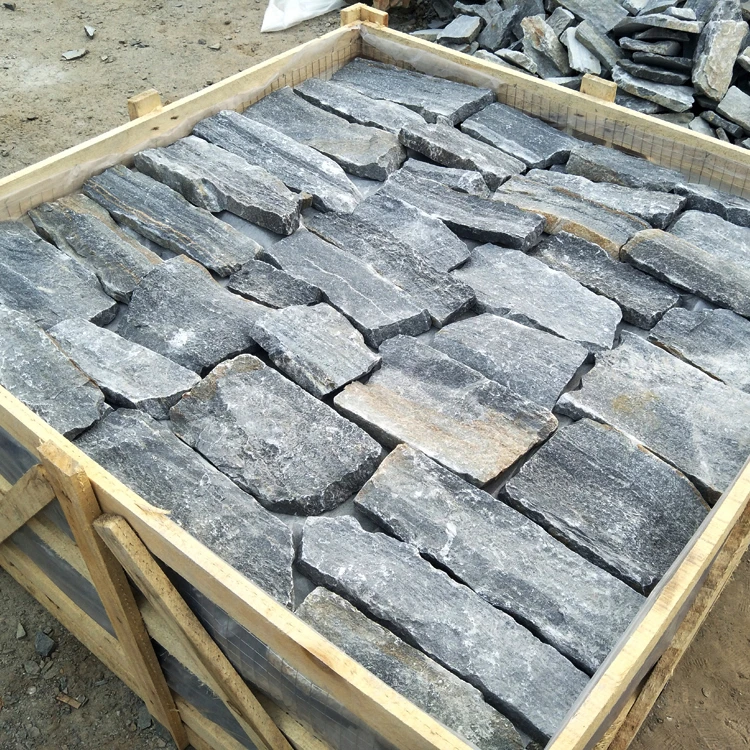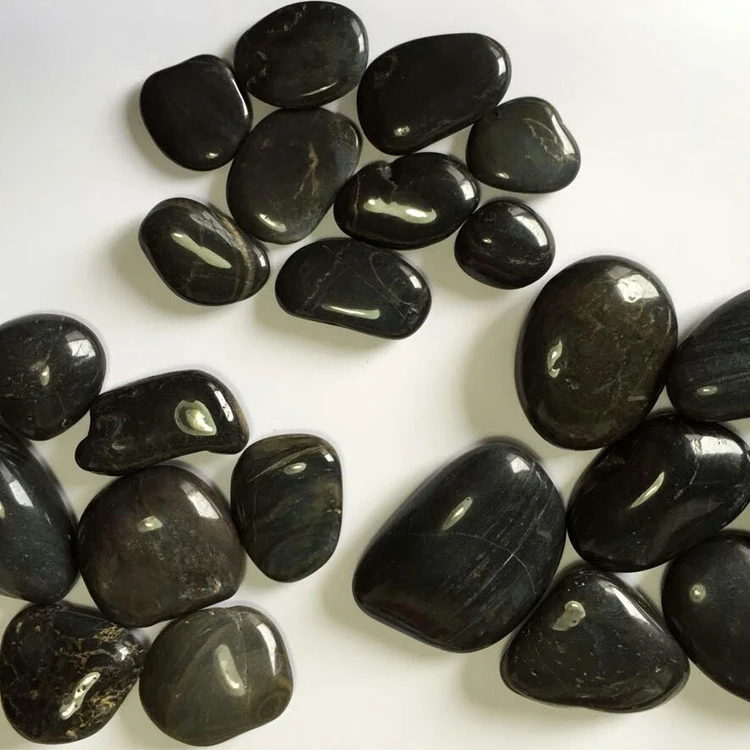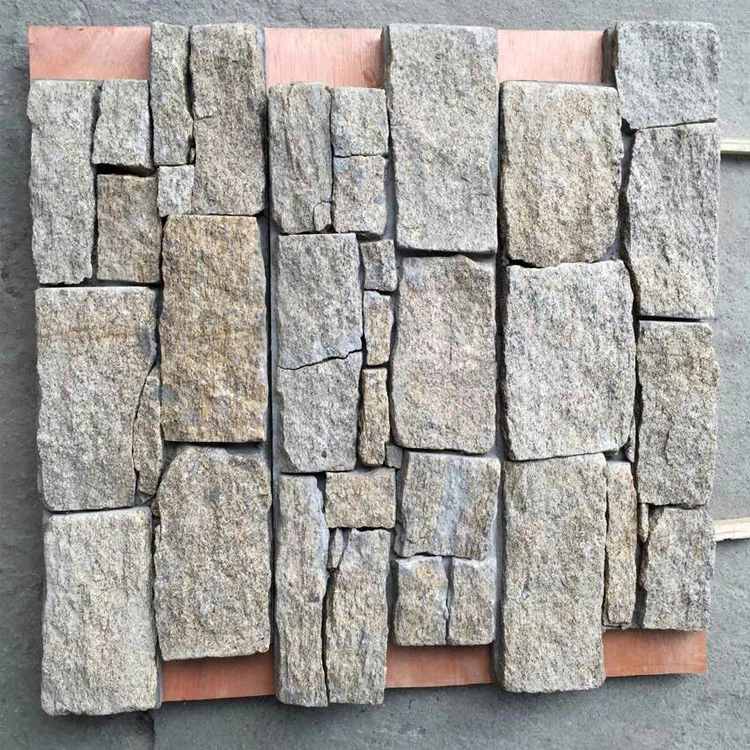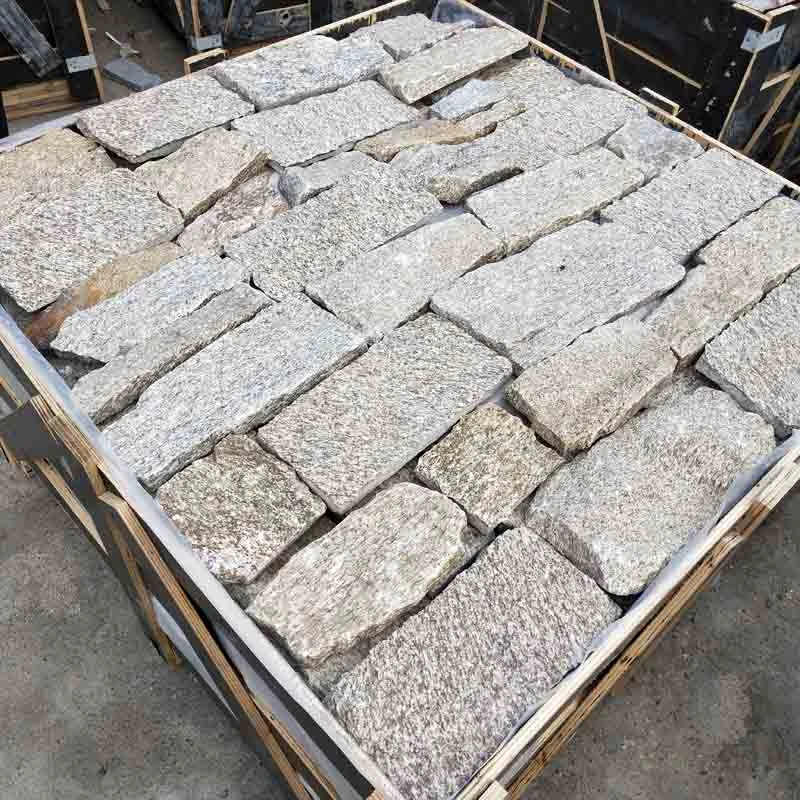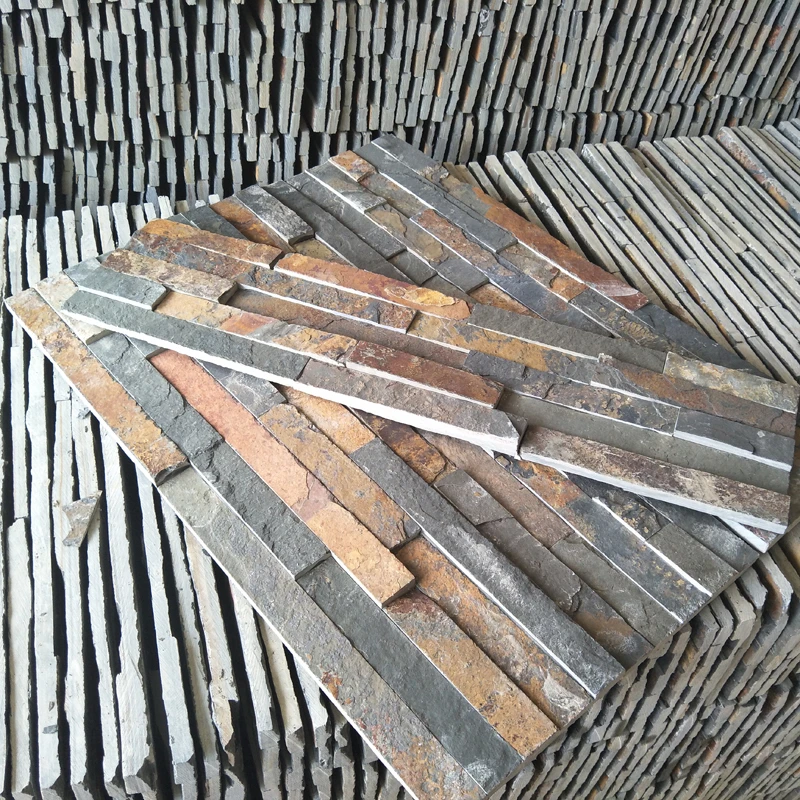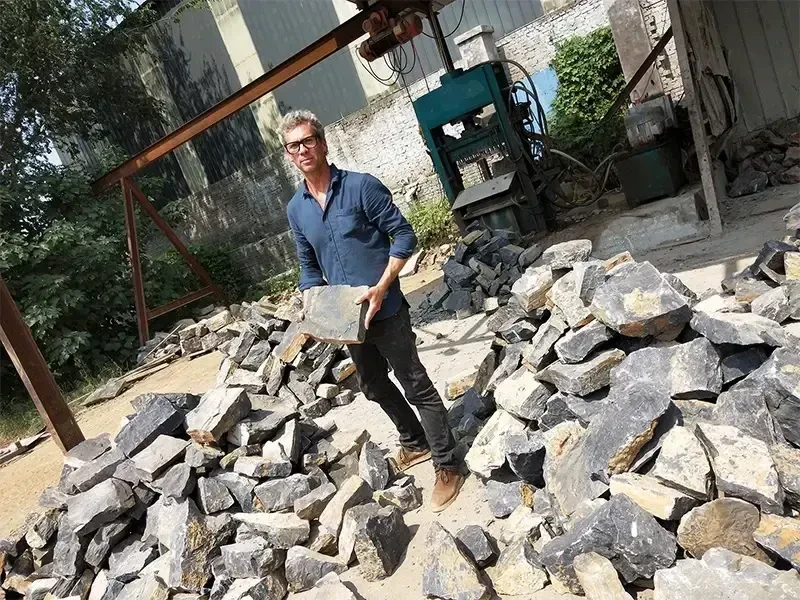Natual Rusty Slate Floor tiles
| Item | Natual Rusty Slate Floor tiles |
| Material | slate / marble and other stone |
| Color | white /green/black/Rusty and more available |
| Surface Finish | Natural. |
| Regular Size | 300*300mm 300*600mm 600*600mm |
| Feature | Riched veins, solid texture and bright colors, low water absorption,Resist acid,light,fire and coldness. |
| Usage | For home and garden decoration. |
| Quality Assurance | Our factory deal with Slate Stone products for over 13 years, with rich experience to control best quality. |
| Packing | 40M2/Crate 20Crates/20GP 800M2/Container |
| Loading Port | TIANJIN |
| Payment Item | 30% T/T in advance and 70% balance at once against the copy of B/L |
| Delivery Time | 15 days for one 20 FCL after receive the deposit |
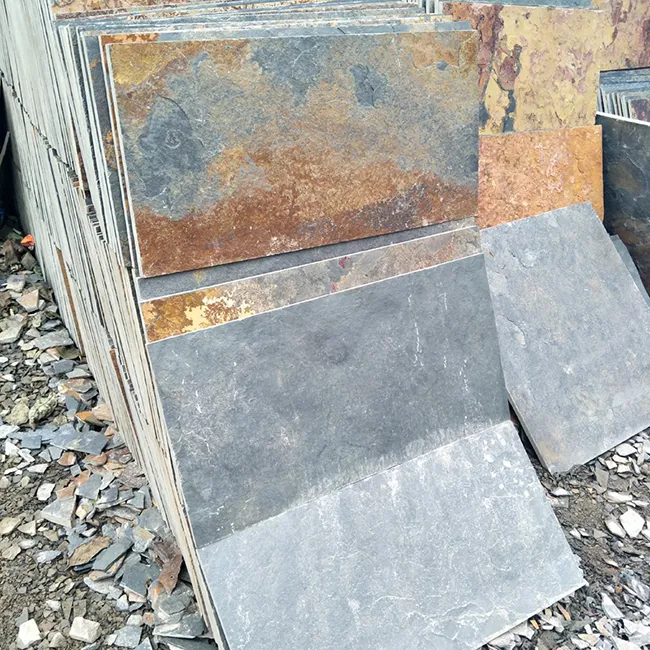
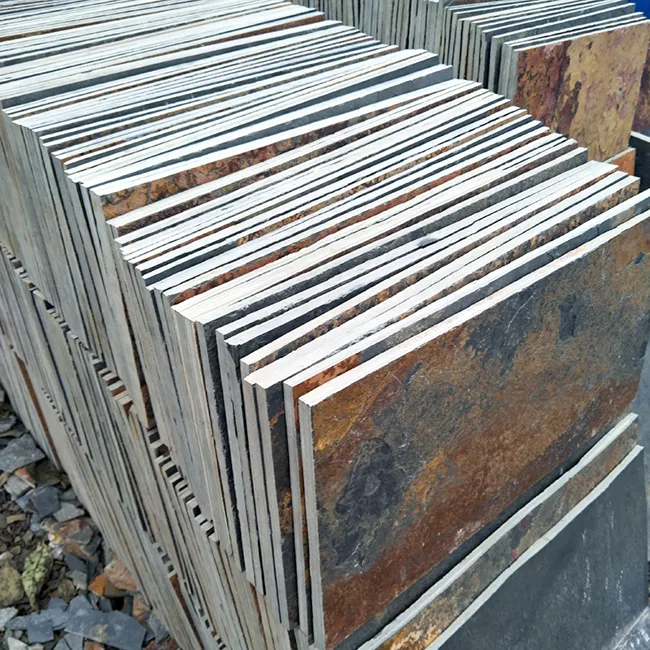
Any tips for laying natural slate floor tiles?
Laying natural slate floor tiles requires a harmonious blend of technical precision and artistic sensibility—a process that honors the stone’s geological character while ensuring lasting performance underfoot. Unlike uniform manufactured tiles, each slate piece brings unique thickness variations, cleft textures, and mineral patterns that demand thoughtful handling from substrate preparation to final sealing. The installation becomes a dialogue between the craftsman’s skill and the material’s natural imperfections, resulting in floors that feel both intentionally designed and authentically connected to the earth.
Successful slate flooring begins long before the first tile is placed, with thorough assessment and preparation of the substrate. The foundation must be rigid, flat, and completely stable—any flex or movement in the subfloor will telegraph through the stone over time, potentially causing cracks or lippage. Concrete subfloors require moisture testing to prevent future efflorescence, while wood substrates need proper decoupling membranes to accommodate natural movement. Slate’s dimensional variations make a perfectly level underlayment especially crucial; self-leveling compounds often prove invaluable for creating the ideal starting surface. The installer’s patience during this preparatory phase directly influences the floor’s long-term beauty and functionality.
Grouting slate floors presents unique challenges and opportunities. The joint width decision significantly impacts the final appearance—narrow seams create a more unified field that emphasizes the stone’s surface, while wider joints celebrate each tile’s individuality and allow for dramatic contrasting grout colors. Unsanded grout typically works best with slate’s often delicate edges, though certain textured slates may require sanded formulations for proper adhesion. The grouting process itself demands particular care; slate’s porous surface and natural crevices can trap haze if not meticulously cleaned during application. Many professionals employ a “double-seal” method—applying penetrating sealer before grouting to ease cleanup, then following with a final protective coat.
Finishing touches elevate a slate floor from merely installed to artfully realized. Edge detailing requires thoughtful solutions that honor the stone’s rustic elegance while providing clean transitions to other flooring materials or wall bases. In some installations, allowing the slate’s natural cleft edges to remain exposed at borders creates an organic, unfinished look appropriate to the material’s character. Final sealing choices dramatically affect both appearance and maintenance—matte finishes preserve slate’s natural texture, while enhanced treatments deepen color and sheen. The best installers understand that a slate floor’s beauty unfolds over time, advising clients on proper care to ensure the stone develops a dignified patina rather than premature wear.
Environmental considerations permeate every phase of quality slate installation. Acclimating tiles to the space’s humidity and temperature before laying prevents post-installation movement. Calculating cuts to minimize waste honors both the material’s value and its geological origins. Even the cleaning process during installation can be optimized with pH-neutral solutions that protect indoor air quality while preparing the stone for sealing. These mindful practices result in floors that feel as responsible as they are beautiful—surfaces that connect inhabitants to natural processes rather than insulating them from material origins.
The true artistry of slate flooring lies in celebrating what makes each piece unique while creating a cohesive whole. Expert installers develop an eye for rotating tiles to highlight interesting mineral patterns, arranging thickness variations to create subtle undulations that feel intentional, and allowing the stone’s natural imperfections to become features rather than flaws. This approach yields floors with soul—surfaces that tell geological stories through their varied textures and hues, yet function flawlessly in daily life. When done well, a slate floor installation becomes not just a building finish, but a lasting tribute to nature’s artistry and human craftsmanship working in concert.
